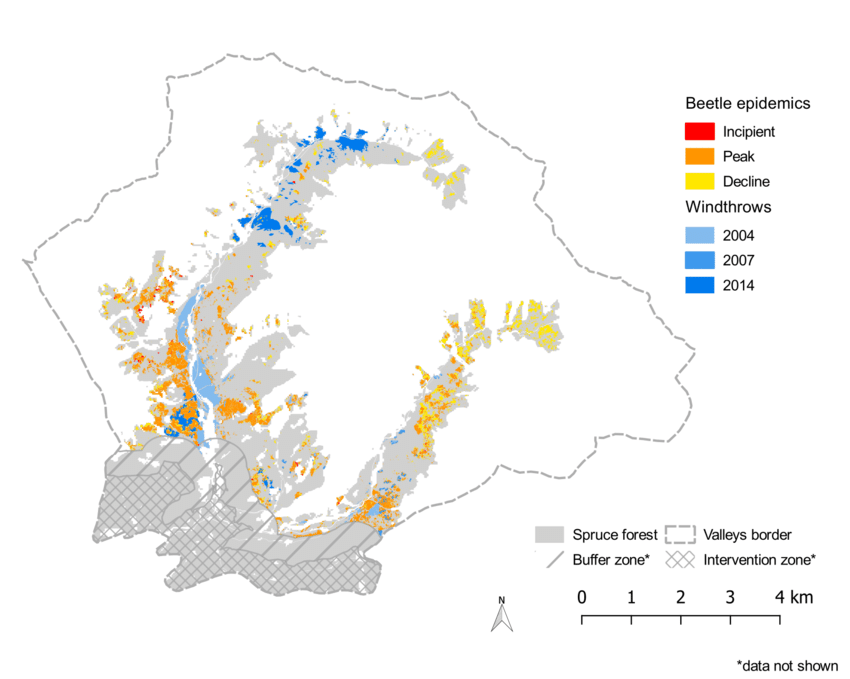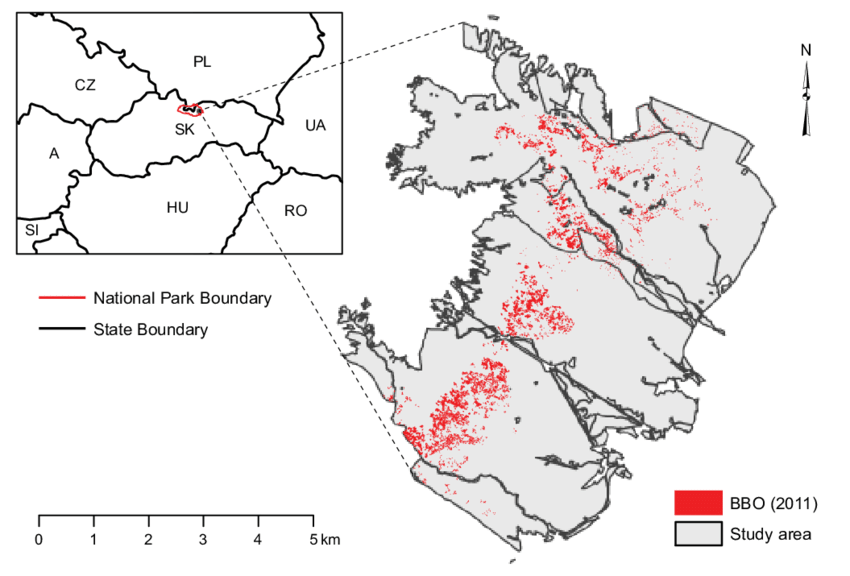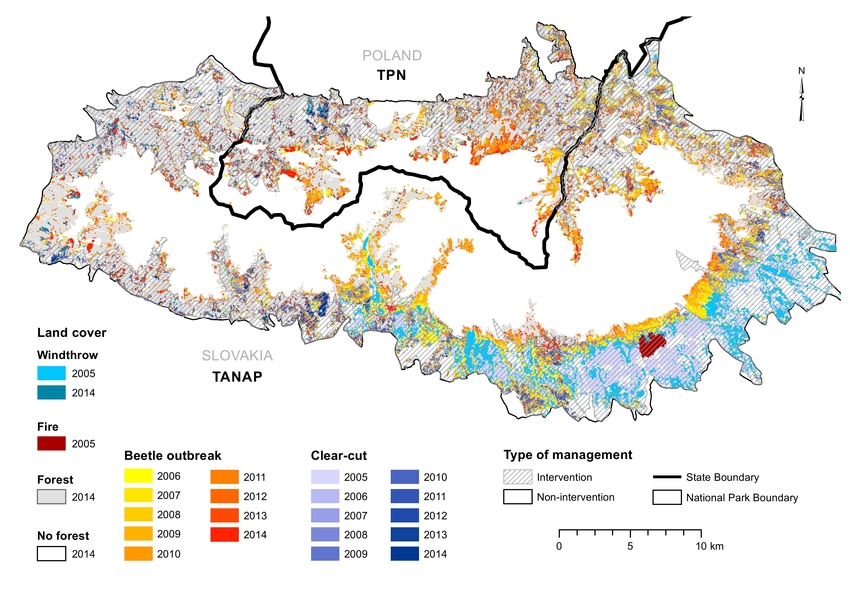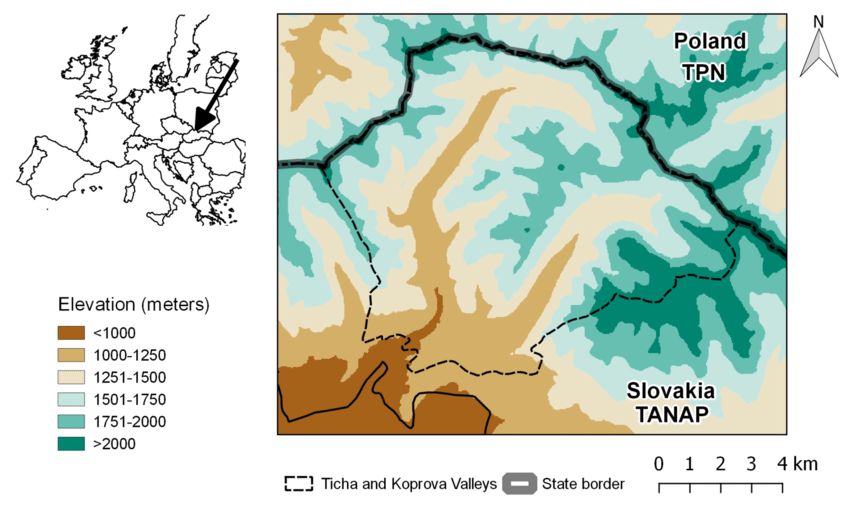About Me
-

-
#DataAnalysis #GIS #ForestGrowth #Python #Simulation
I am a postdoctoral researcher interested in optimal forest management, balancing between economic and ecologic objectives. I am especially interested in disturbances, such as windthrows and bark beetles, and how we can adresse them to promote forest resilience, and maintain forest ecosystem services for future generations. I am enthusiast in maps, remote sensing, GIS, R, python, and forest growth simulators.



